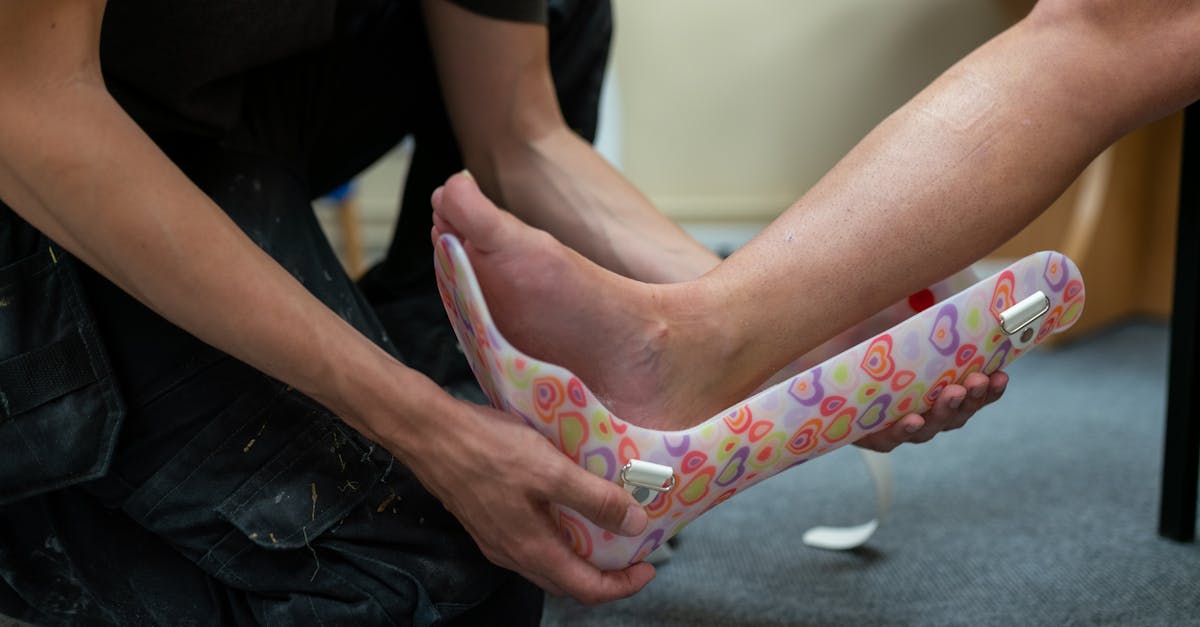
Boot Fitting
Table Of Contents
When it comes to enjoying the great outdoors, having the right gear is crucial, and that starts with the proper footwear. boot fitting for outdoor boots is essential for ensuring comfort and performance in varying terrains and conditions. Whether you’re hiking, skiing, or engaging in any other outdoor sport, properly fitted boots can make all the difference in preventing blisters, enhancing stability, and supporting your feet during long adventures. Understanding the nuances of boot fitting for outdoor boots will empower you to make informed decisions tailored to your specific activities and foot shape.
Investing time in boot fitting for outdoor boots can be a game changer for outdoor enthusiasts. Many individuals underestimate how a well-fitted pair of boots can positively impact their overall experience, leading to enjoyment rather than discomfort. In this guide, we will explore the importance of getting your boots fitted properly, the various methods available for achieving the right fit, and tips for customizing your boots to suit your unique foot contours. By prioritizing boot fitting for outdoor boots, you set yourself up for success on all your outdoor excursions, allowing you to focus on the adventure ahead.
Choosing the Ideal Footwear for Your Style
As you looking at finding the right footwear, making the best ski boot is important for maximum performance and comfort. Every need requires tailored features that will enhance your experience. For instance, when you are running, you will want shoes that provide superior support and durability, while casual wear may prioritize aesthetic over technical features.
Fit is another crucial aspect to consider when choosing your ski boot. Your well-fitting boot should hug your foot without causing discomfort. Remember that foot shapes vary greatly, so testing multiple options is recommended. Additionally, look for features such as breathability that align with your specific requirements to ensure your footwear not only fits well but also performs effectively in various conditions.
Factors to Think About When Picking Boots
When picking ski boots, one needs to evaluate various elements that can affect fit. The right dimension is important as it can influence your total satisfaction on the slopes. Furthermore, ankle structure and instep are key considerations that can greatly impact how well the ski boots fit.
Another vital factor to consider is the stiffness of the boot. Specific levels of stiffness can enhance control and balance when skiing. Also, the liner material can affect warmth and fit throughout the day. Ultimately, considering the features of the boot can also play a role in your total enjoyment.
How to Look After Your Boots
Effective upkeep is important to maintain the longevity of your footwear. Regular washing is important for eliminating dirt, salt, and moisture that can wear down the material. Employ a damp cloth to wipe down the exterior and a soft brush for any stubborn spots. Once cleaning, give your boots to dry naturally at room temperature, avoiding direct heat sources that can result in cracking or warping.
Applying conditioner on leather boots might also improve their appearance and ability to repel water. Ensure to use products specifically designed for your type of boot material. Place your boots in a cool, dry place when not in use to prevent mold and mildew growth. Think about using boot trees or stuff them with newspaper to help maintain their shape. Adhering to these simple practices will help keep your boots looking great and performing well for years to come.
Best Techniques for Caring for Your Boots
In order to extend the longevity of ski boots, suitable care is essential. Start by cleaning the boots after each use. Use a soft brush to get rid of dirt and debris while ensuring you do not damage the material. Following cleaning, allow the boots to air dry away from direct heat sources. This helps maintain the shape and integrity of the materials. Moreover, applying a weather-resistant treatment can help keep the boots protected from moisture and stains.
Regular inspections of the boots are important for spotting any signs of wear and tear. Check the soles for any damage or excessive wear, as well as the laces for fraying. Changing worn-out components promptly can help avoid larger issues down the line. Keeping your boots in a cool, dry place when not in use helps prevent mold and mildew. Using boot trees or stuffing them with newspaper can help maintain their shape and absorb excess moisture. These practices ensure your boots remain supportive and ready for your next adventure.
Innovative Methods in Boot Fitting
In recent years, the process of boot fitting has significantly transformed with modern methods. Three-dimensional scanning is a game changer in achieving a precise fit. This allows fitters to capture the specific shape of a client's foot, which ensures that every contour is addressed. Furthermore, thermal liners have gained popularity as another innovative method that improves comfort and performance.
A further technique that demonstrates the developments in boot fitting is the use of tailored insoles. By utilizing sophisticated materials and designs, these insoles provide stability that corresponds with the unique form of an individual's foot. This fusion of state-of-the-art solutions promises that all skier or snowboarder can enjoy a comfortable fit, contributing to better performance and reduced fatigue. By embracing these modern methods, the future of boot fitting appears bright.
Exploring Impact of Advancements on Footwear Adjustment
Advancements has revolutionized the boot fitting in the last decade. Through the use of advanced scanning technologies, boot fitters can create accurate models of individuals' feet. This allows for bespoke fittings that ensure comfort and performance on the slopes, ultimately enhancing the overall skiing experience.
Additionally, new technologies in materials have contributed to the development of ultra-lightweight and more adaptable boot designs. These improvements not only improve comfort but also enable skiers to have greater control and responsiveness. With these technological solutions, the industry continues to evolve, making it more efficient for skiers to find the perfect fit.